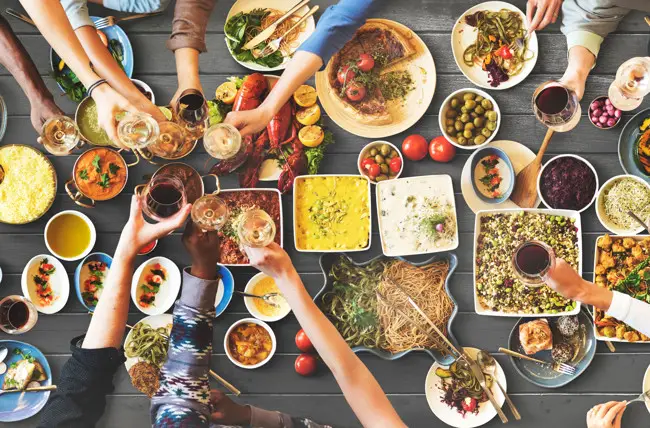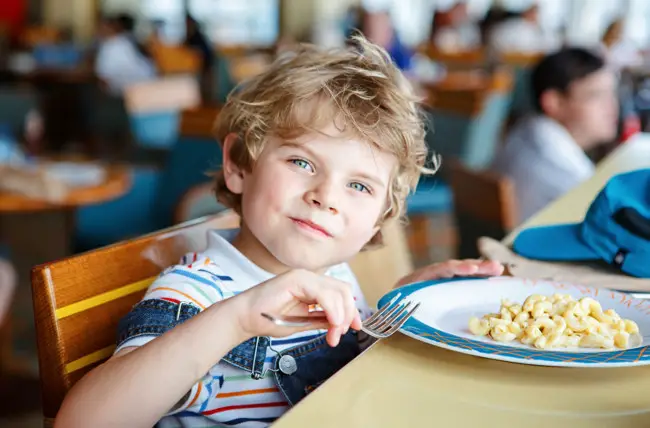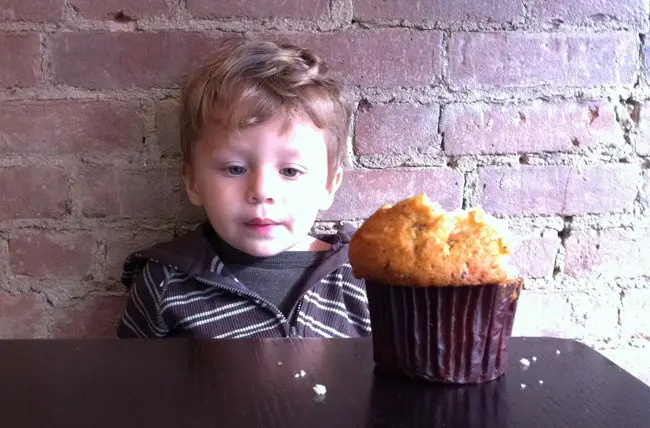One in 150 children are currently diagnosed with autism spectrum disorders, a set of conditions that may affect the brain and normal development of a child. Symptoms vary from mild to extreme appearing in behavioral disturbances including; sensory, repetitive disorders, muscle weakness, and difficulty making eye contact. Little is known about the cause of this disorder, however some believe it may be triggered by vaccinations, heavy metal toxins, disruptions to immune development, inborn errors in metabolism, or genetic dispositions.
 Treatment Options
Treatment Options
Treatments may vary from doctor to doctor, but when prescribed medications and behavioral and speech therapies fail to provide enough relief, parents often turn to alternatives such as supplements and diet. One dietary therapy that has been used in treating children diagnosed with autism is a gluten-free diet. In one study, one in 65 mothers surveyed reported improvement in their child’s behavior once a gluten-free diet had been initiated.
Not all autistic children who follow a gluten-free diet will show improvements and success will vary from child to child. Since children being treated for autism may be receiving several therapies simultaneously it is important to try each change by itself for a period of time without any added alterations in order to evaluate it’s effectiveness. If more than one therapy is added at the same time it is difficult to see which one is responsible for the result. Often it is thought that a trial of three to-six months on a strict gluten-free diet is needed in order to indicate an improvement. If there is improvement during the trial, consider adding gluten back to see if the behavior reverts to the original problem. If so, then gluten may be contributing to the autistic symptoms, if not then a gluten-free diet may not be indicated. This is important because following a strict gluten-free diet takes considerable effort and you will be removing many foods from the child’s diet. If it is not an effective therapy there is no need to impose this sort of restriction. Some children are put on a gluten-free and casein-free (dairy-free) diet, which includes many more restrictions, therefore it is important to ensure the diet’s effectiveness.
When experimenting with dietary restrictions be sure to consult your doctor and work with a registered dietitian familiar with gluten-free diets to make sure all of your child’s dietary needs are met. More information on gluten-free diets can be found at www.glutenfreeeasy.com.
Marlisa Brown MS RD CDE CDN is a Registered Dietitian, Certified Diabetes Educator, Chef, International Speaker and President of Total Wellness Inc, a nutritional consulting company in Bay Shore. Her book, ‘Gluten-Free Hassle Free’ (Demos Medical Publishing) will be released this fall.
What is Gluten?
Gluten is a protein found in wheat, rye and barley. It has been speculated that the gluten protein, which is large, cannot easily be absorbed, and may therefore enter the body through a leaky gut. Once the gluten protein gets into the blood stream it acts like an opiate in the system, mimicking the reactions of drugs such as morphine, codeine and opium. It is also speculated that these opiate-type reactions may cause neurological disturbances as well.
Going Gluten-Free
Here are some tips to help you plan your child’s gluten-free food plan.
• Which foods are naturally safe? Most foods around the perimeter of the supermarket are gluten-free such as: fruits, veggies, potatoes, nuts, fish, chicken (as long as they are not self-basting) and beef. Do not use marinades or coatings unless they are labeled gluten-free. Eggs, dairy, and pure cheese are usually gluten-free. Check yogurt labels; some brands do contain gluten. Plain, unseasoned rice and beans, as well as fresh herbs and pure spices are also gluten-free.
• Which foods do I need to find substitutes for? Foods that typically include gluten include: pasta, cereal, bread, crackers, wheat flour, pancakes, and waffles. Gluten is often hidden in seasoning blends and broths. Purchase only those labeled gluten-free. Visit health food stores and check your supermarket’s specialty aisles for gluten-free alternatives.
• What is cross contamination and how do I make food safe? Accidentally using the same spoon on a gluten containing food, and then touching a gluten-free food is enough to cross-contaminate a food and make it unsafe. To ensure safety, use a separate colander for gluten-free pasta, cover baking sheets with aluminum foil, and use a separate toaster for gluten-free foods.
—Brown





















